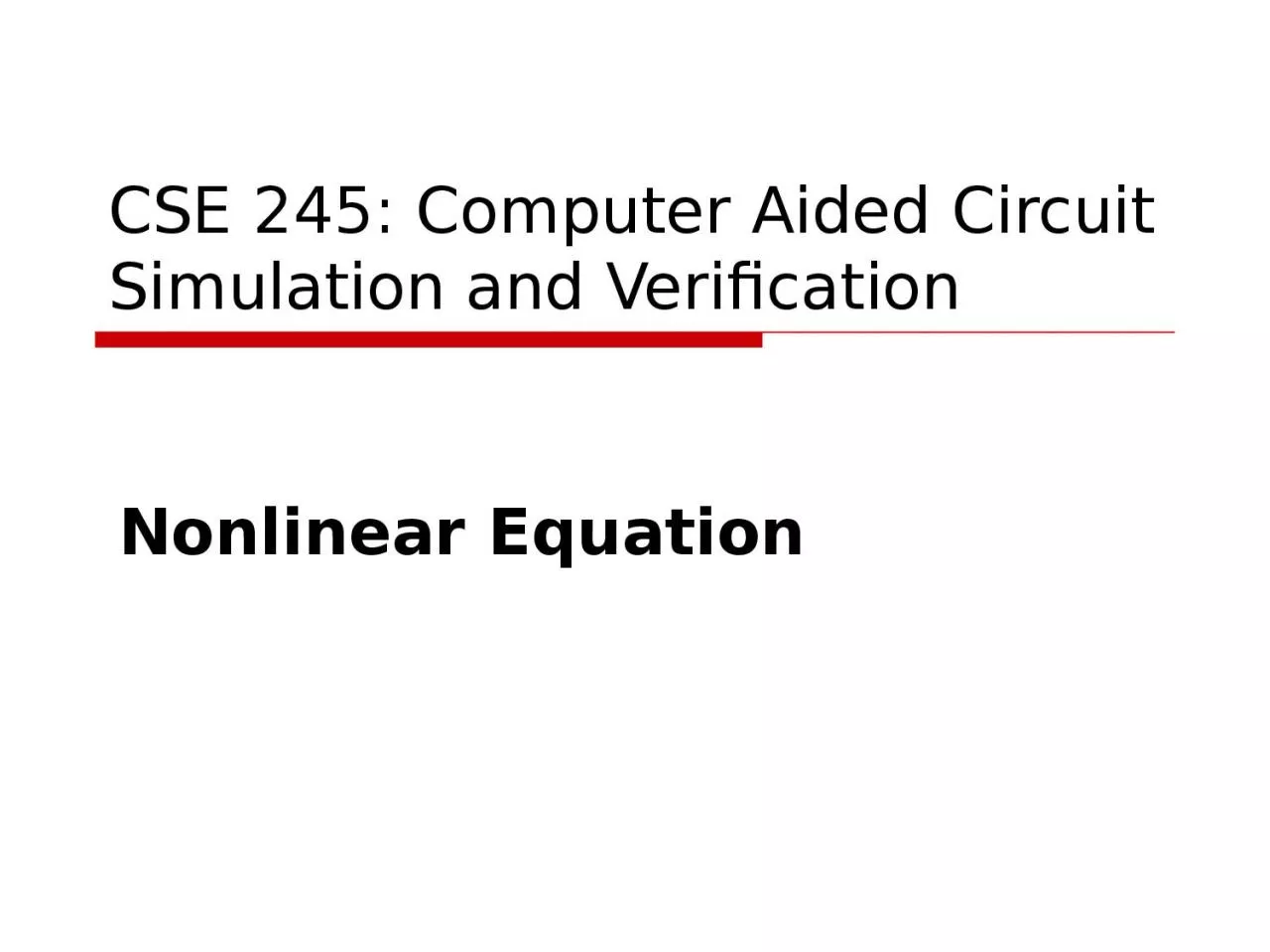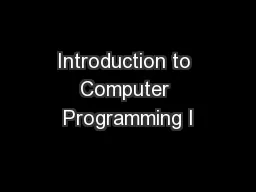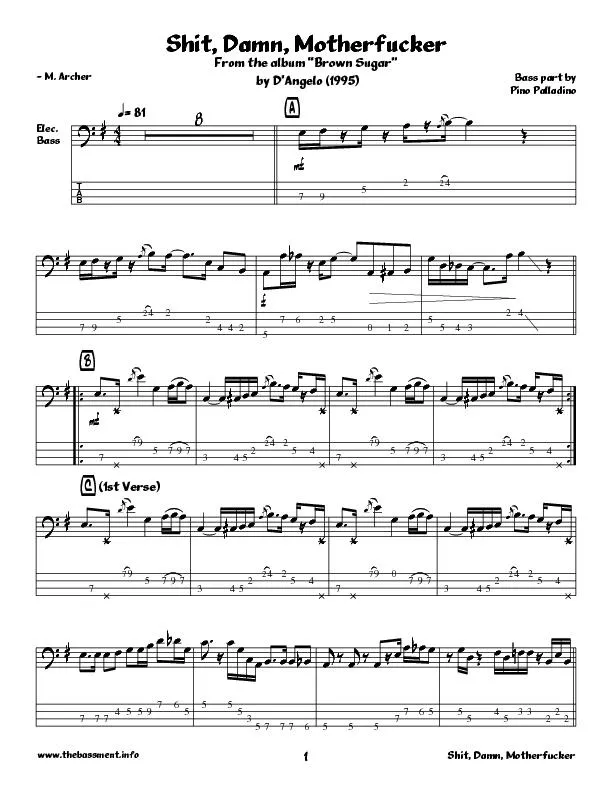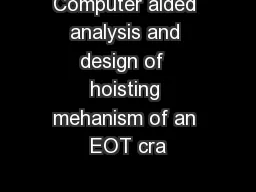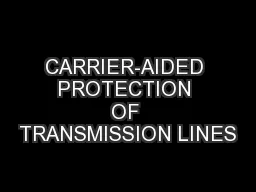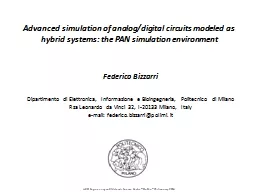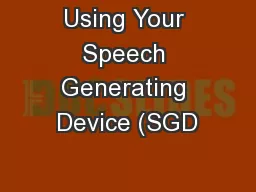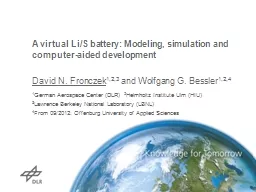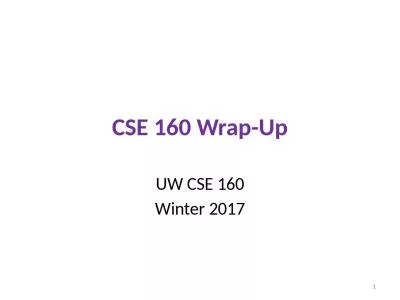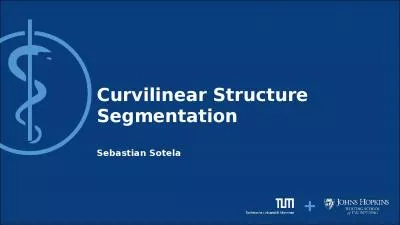PPT-CSE 245: Computer Aided Circuit Simulation and Verification
Author : jasmine | Published Date : 2023-09-25
Nonlinear Equation February 24 2015 2 courtesy Alessandra Nardi UCB Outline Nonlinear problems Iterative Methods Newton s Method
Presentation Embed Code
Download Presentation
Download Presentation The PPT/PDF document "CSE 245: Computer Aided Circuit Simulati..." is the property of its rightful owner. Permission is granted to download and print the materials on this website for personal, non-commercial use only, and to display it on your personal computer provided you do not modify the materials and that you retain all copyright notices contained in the materials. By downloading content from our website, you accept the terms of this agreement.
CSE 245: Computer Aided Circuit Simulation and Verification: Transcript
Download Rules Of Document
"CSE 245: Computer Aided Circuit Simulation and Verification"The content belongs to its owner. You may download and print it for personal use, without modification, and keep all copyright notices. By downloading, you agree to these terms.
Related Documents

